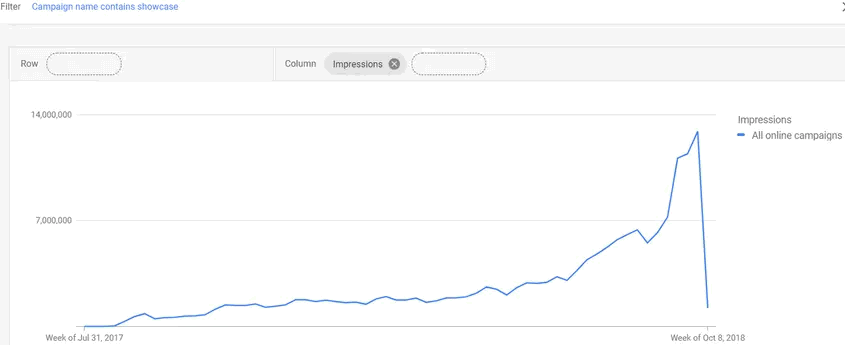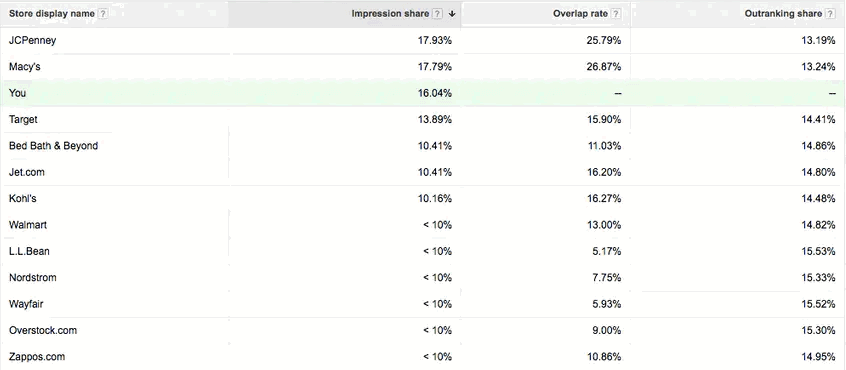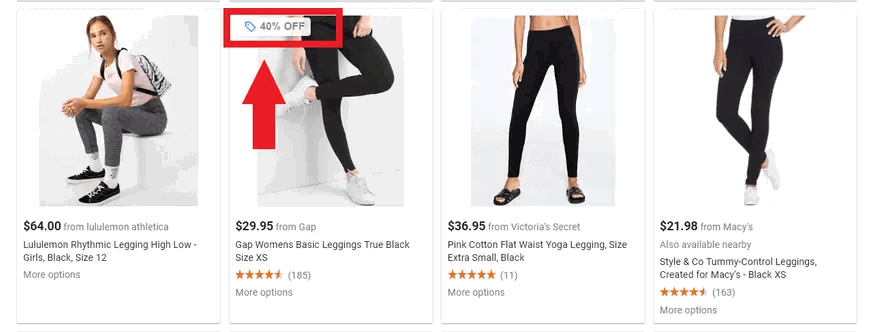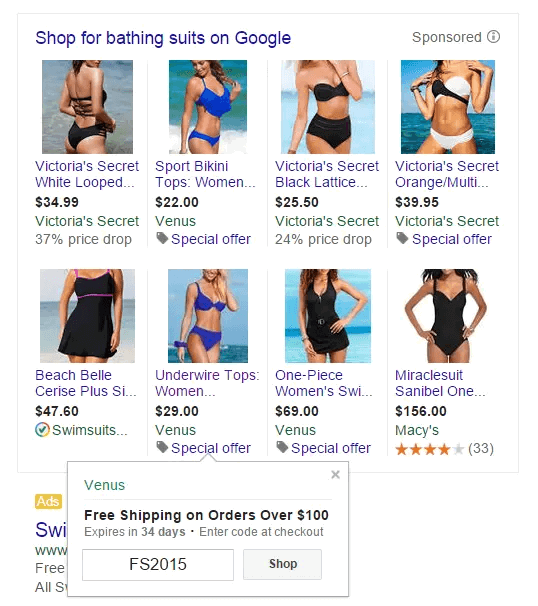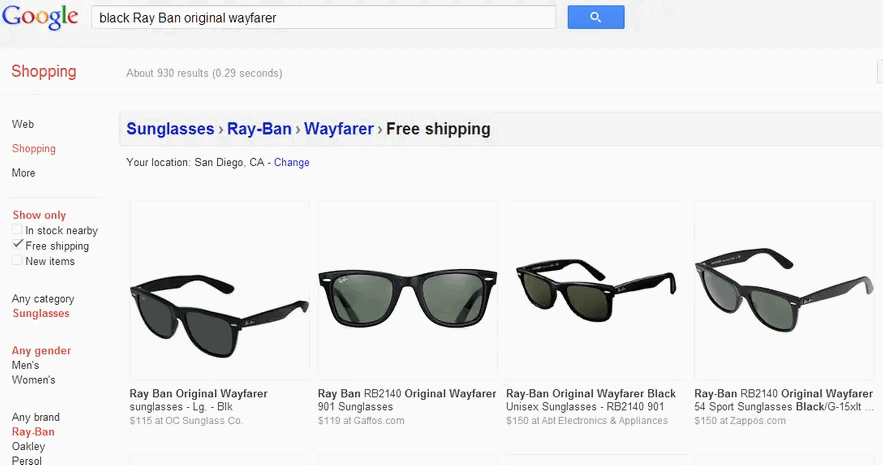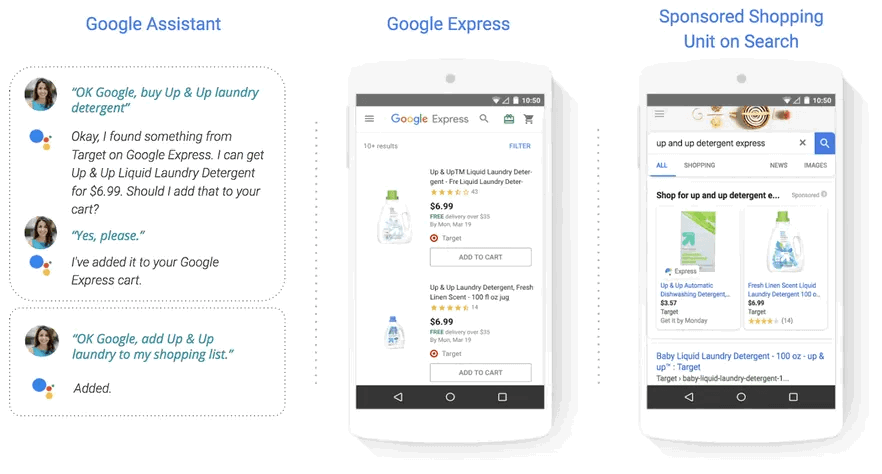Ghid de supraviețuire în regatul eMag
Cu zece - douăzeci de ani în urmă, să cumperi online însemna să îți învingi două frici.
Prima: că vei găsi în colet ceva Adibas sau Pawasonic, lângă biletul câștigător la loteria fake-urilor.
A doua: că cineva, undeva tocmai ți-a clonat cardul și trăiește regește pe economiile tale. La periferia internetului românesc, filosofia de business era simplă: Hit and Run! Deschide un magazin online. Adu produse false din China. Adună 10 - 15 mii de euro profit. Închide site-ul. Ia-o de la capăt.
Astăzi, însă, tabloul arată diferit.
Lustruit de civilizația occidentală, online-ul autohton este acum terenul pe care jucătorii se întrec în modele de business, soluții IT, bugete de marketing. E-commerce-ul nu mai este de mult o schemă de "Cum să te îmbogățești rapid", iar competiția înghite speranțele oricui face greșeala să creadă că e așa simplu cum pare.
Lista nu este nicidecum exhaustivă, dar poate servi drept ghid de supraviețuire în e-Commerce-ul de astăzi.
Îți supraevaluezi produsul
Rari sunt oamenii de o generozitate atât de viguroasă încât, aflați în fața unor prețuri matematic neverosimile, nu pun întrebări și plătesc. Confuzia, îndoită cu senzația că alții nu știu că tu știi că există comparatoare de prețuri, desparte clienții în oameni dezamăgiți acum și oameni dezamăgiți mai târziu.
"Își pun niște prețuri prea mari pentru produsul pe care îl vând, iar apoi îi ajung din urmă recenziile clienților", explică Andrei. "Dacă produsele sunt slabe calitativ, dar scumpe, poate la început reușesc să vândă un număr de produse, dar, în timp, pierd din credibilitate, apoi încep să piardă din vânzări și, evident, că dacă investesc un buget de marketing generos, cu siguranță, se îndreaptă spre faliment."
Nu te diferențiezi
Produsele bune la prețuri bune sunt o condiție necesară, dar insuficientă. Apariția competiției care are bugete mai mari pentru marketing sau IT poate scoate în afara pieței magazinele care, în alte condiții, ar fi competitive. Procesul nu se întâmplă peste noapte, subliniază Andrei, dar, într-un an sau doi, o luptă purtată greșit cu giganții din e-Commerce aruncă jucătorii mici de pe hartă.
"Va trebui să găsești ceva care să te diferențieze, să vii cu un serviciu în plus sau să îți explici produsele mai bine, să ai un video în care le prezinți, să încerci să fii cât mai vizibil pe canalele pe care competiția degeaba le accesează pentru că tu poți să ieși în față cu o calitate mai bună a poveștii. Nu prea ai cum să te lupți cu giganții, să te întreci în bugete, dar trebuie să gândești inteligent și să vezi care sunt zonele pe care ei nu le pot acoperi pentru că nimeni nu poate acoperi tot."
Pe banda rulantă a vânzărilor în volume mari nu are loc nici apropierea de clienți, nici loializarea lor. Grija pentru cei care cumpără devine imposibilă când miza e bifarea unui număr cât mai mare de comenzi într-un timp cât mai scurt.
Avantajul companiilor mici este că le pot acorda clienților mai multă atenție. Îi pot fideliza fie prin programe de loialitate, prin construirea unei comunități sau, pur și simplu, printr-o interacțiune umană, autentică și firească. În marea de promisiuni generice, în care orice contact cu brand-ul îți amintește care e locul tău în planul de marketing, valorează mult să știi că, la capătul intereselor comerciale, vorbești cu un om, nu cu o companie.
Risipești bugetul de marketing
Promovarea poate deveni ușor un soi de arteziană care stropește cu bani în toate direcțiile, mai puțin în cea în care chiar e nevoie. "O greșeală foarte comună e cheltuirea bugetului de marketing în zone care nu aduc rezultate, ci îți aduc, eventual, doar vizite", detaliază Andrei.
"Trebuie să vezi ce canale au rezultate, iar în 3 - 6 luni de viață ar trebui să înțelegi ce funcționează mai bine pentru tine. De la o companie la alta, de la o nișă la alta, canalul potrivit e altul. De regulă, Facebook sau Instagram funcționează mai bine pentru magazinele de haine sau mobilă, în vreme ce în IT sau servicii funcționează mai bine promovarea pe Google sau Youtube."
Singura regulă este testarea. Continuă, consistentă, controlată. "Dacă rămâi în urmă și te blochezi în 2 - 3 lucruri pe care le faci în mod uzual fiindcă ți-au adus rezultate la început, riști să fii dat afară de pe piață pentru că tot timpul apar produse noi, canale noi, noi moduri de promovare."
Site-ul nu este mobile-friendly
Dacă acum împărțim ziua în ore în care dormim și ore în care suntem activi, am ajuns foarte aproape să introducem o a treia categorie: orele în care stăm pe telefon. Aproape cinci ore pe zi, mai exact, de click-uri, swipe-uri, scroll-uri care, laolaltă, ne țin ocupați mai mult de două luni pe an ca într-o vacanță intermitentă în afara realității imediate.
Și totuși, evadarea noastră printre pixelii ecranelor le-a scăpat unor administratori de magazine online. "Dacă site-ul tău nu e adaptat mobilului, nu mai ai ce să mai faci pe piață", sintetizează Andrei. "Unii dintre cei care intră acum în e-Commerce nu iau în calcul asta și se văd pagini supradimensionate, poze care nu se încadrează într-un ecran de mobil, probleme de layout."
Pe internetul românesc, 35-45% dintre achiziții se fac direct de pe telefon. În cazul cumpărăturilor mai scumpe, de peste o mie - două mii de lei, comanda e finalizată, de regulă, de pe desktop, dar asta, de cele mai multe ori, după ce clientul navighează pe site și pune produsele în coș de pe mobil.
Ca medie, Andrei estimează că 65% din traficul magazinelor online din România vine de pe mobil, ceea ce face ca șansele ratate de un site rămas în urmă să fie ușor de cuantificat.
Nu angajezi oamenii potriviți
În e-Commerce afli imediat cât de mult costă un angajat ieftin. "Dacă scalezi, trebuie să ai specialiști în companie măcar în zona de logistică, customer support și, eventual, digital marketing, dacă nu lucrezi cu o agenție", avertizează Andrei.
"Mulți tind să lucreze numai cu juniori, iar lucrând cu resurse necalificate, ai rezultate necalificate. Apar probleme logistice, probleme cu clienții, probleme în comunicarea pre- și post-sales și, de asemenea, probleme de digital marketing care pot închide un magazin."
O mică armată de specialiști cu experiență este greu de plătit pentru un business la început. Soluția e ca antreprenorul să vină cu un bagaj de know-how și să își formeze o echipă care îl completează. Unii se pricep deja la IT, alții la digital marketing, iar pentru ei, important este să găsească specialiști pentru logistică sau pentru customer support.
Ai ales platforma greșită
Dacă ai făcut această greșeală, ai în față multe zile în care te vei simți ca și cum ți-ai cumpărat un cuptor electric sperând să mănânci bine în mijlocul junglei, doar ca să afli, mai apoi, că ai venit teribil de prost echipat și pentru cină, și pentru supraviețuire.
Adecvarea la context e esențială în alegerea platformei pe care este construit magazinul. Fiecare opțiune e mai potrivită în funcție de produs, buget, planuri de dezvoltare; fiecare vine cu un grad diferit de personalizare a design-ului; fiecare se poate integra cu alte instrumente de care site-ul ar putea avea nevoie. Platforma de e-Commerce este fundația pe care e construit magazinul și, nu de puține ori, antreprenorii se trezesc captivi într-o decizie neinformată.
"Pe o platformă închiriată, vii, îți încarci produsele, îți alegi o temă, plătești un abonament lunar, dar niciodată nu vei fi proprietar, nu va fi platforma ta", explică Andrei. "Tot timpul depinzi de alții să faci schimbări, să personalizezi platforma și vei plăti suplimentar pentru asta, dar chiar dacă faci toate aceste lucruri, la final de contract le rămân lor. Tu rămâi doar cu experiența și cu costurile."
"Aceste platforme sunt potrivite pentru cei care nu au experiență deloc în E-commerce și, decât să înceapă să își dezvolte propria platformă și să plătească destul de mult, își pot valida business-ul pe o platformă de tip SAAS. După un an-doi, dacă vezi că produsul prinde pe piață și știi deja cam cât consumi pe digital marketing, poți să începi să construiești o platformă în paralel și să migrezi pe ea la finalul contractului."
"Platformele clasice, cum sunt Wordpress, Magento, PrestaShop, WooCommerce, Shopify, pot fi dezvoltate doar cu o echipă IT. Practic, se cumpără o temă, se adaugă un modul, se construiește platforma, iar acolo trebuie să știi că vei da bani constant unei echipe să dezvolte în continuare, să facă mentenanță, dar într-adevăr poți să ai mai multe opțiuni, să personalizezi site-ul după cum îți dorești și, la final, este platforma ta. Rămâi cu codul scris de ei, cu backoffice-ul cu produsele încărcate."
"În momentul în care închizi o colaborare cu o platformă închiriată, pierzi tot ce ai. Dacă nu mai plătești, nu mai ai acces la produse, magazinul tău devine inactiv. În timp ce pe platforma proprie, dacă nu mai poți să plătești mentenanța o lună, două, trei, magazinul tău rămâne online și poți să vinzi în continuare, chiar dacă poate site-ul se mișcă mai greu. Ai o libertate mult mai mare, dar și bugetul investit de la început, de regulă, depășește trei - cinci mii de euro dacă alegi o platformă serioasă și o echipă bună de dezvoltare."
"Puțini pleacă cu toate lecțiile învățate", încheie Andrei. "Sunt foarte entuziasmați și, cumva, înțeleg pentru că și eu am fost în locul lor. Când am început în 2011 nu aveam cunoștințe despre nimic. Nu știam nici digital marketing, nici e-Commerce. Veneam din industria bancară și aveam, e drept, niște noțiuni de project management. "
"Fiecare antreprenor trebuie să aibă noțiuni de project management când deschide o afacere, să știe cum să aloce resursele, banii, timpul și oamenii în așa fel încât să poată să controleze și un flux financiar, să aibă o cifra de afaceri corectă, să aibă o relație bună cu băncile. Dar puțini știu toate lucrurile astea și mulți sunt atrași de mirajul ideii că își pun produsele pe un site și se vor vinde de la sine."
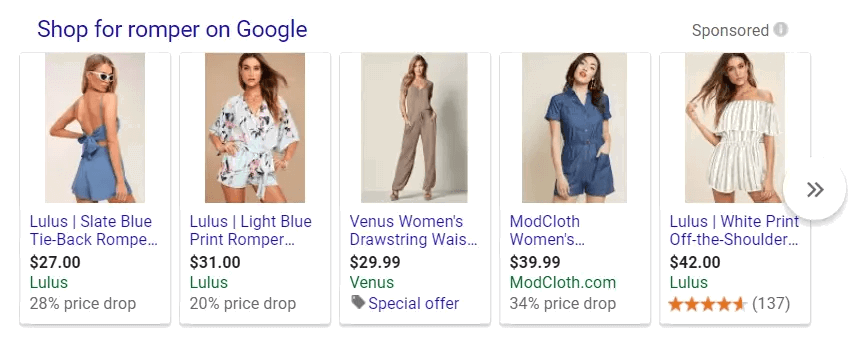
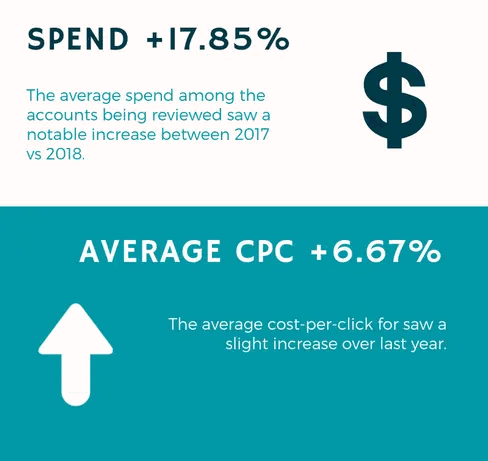

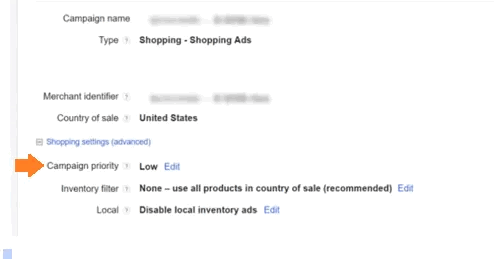


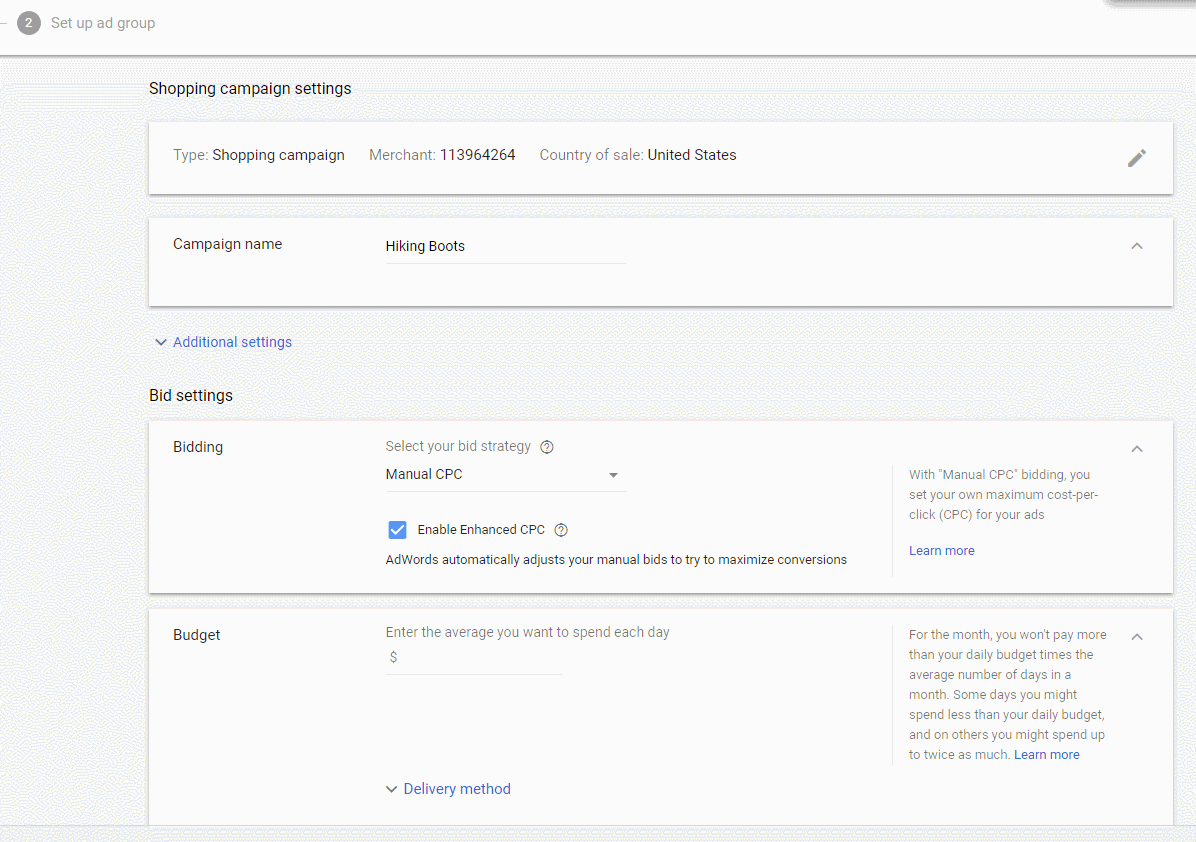
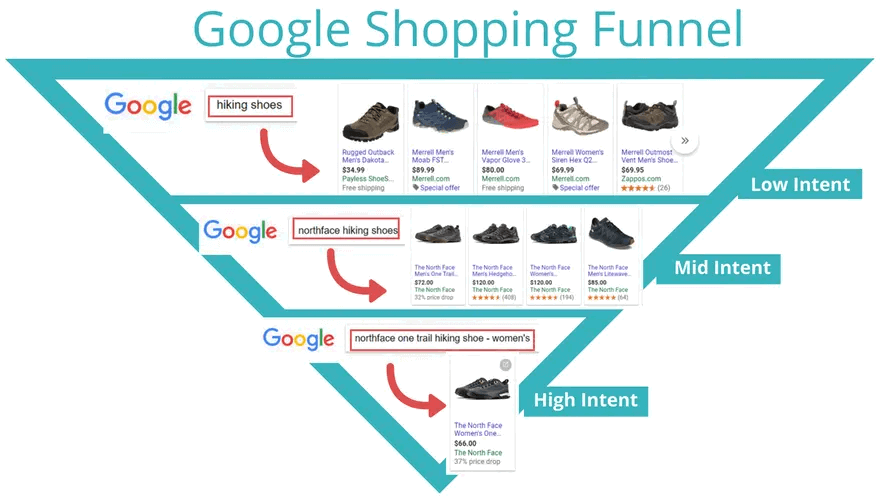
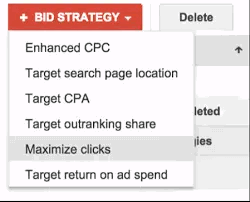
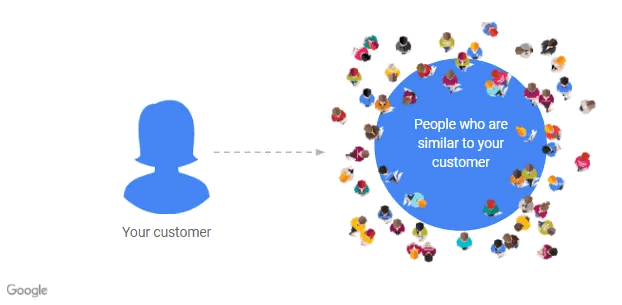

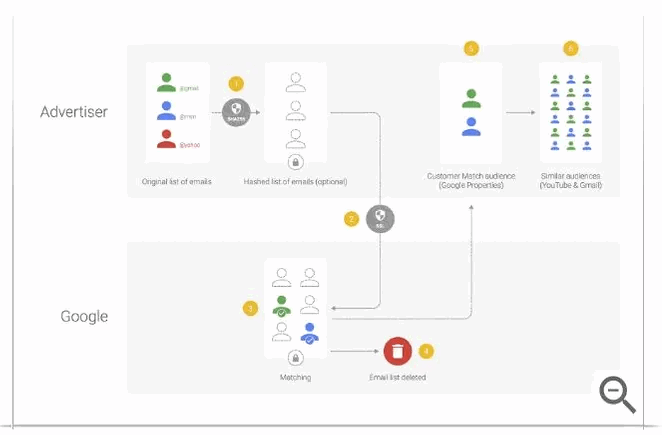
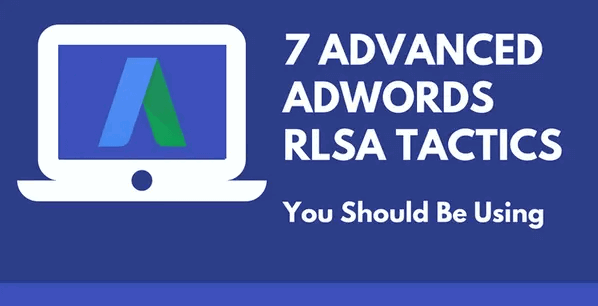
 Keep the following things in mind when setting up Geo bid modifiers for Google Shopping Campaigns:
Keep the following things in mind when setting up Geo bid modifiers for Google Shopping Campaigns:
